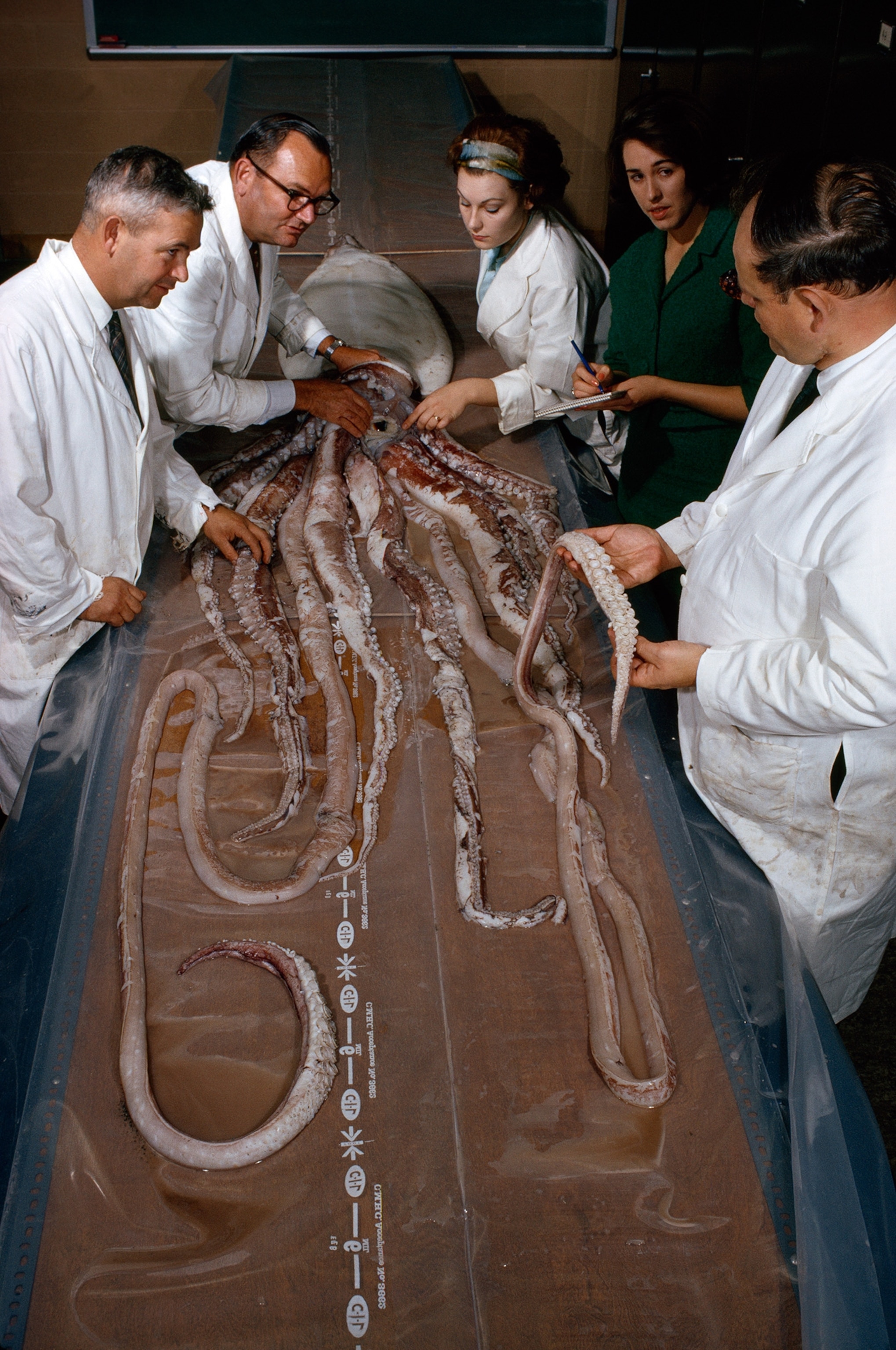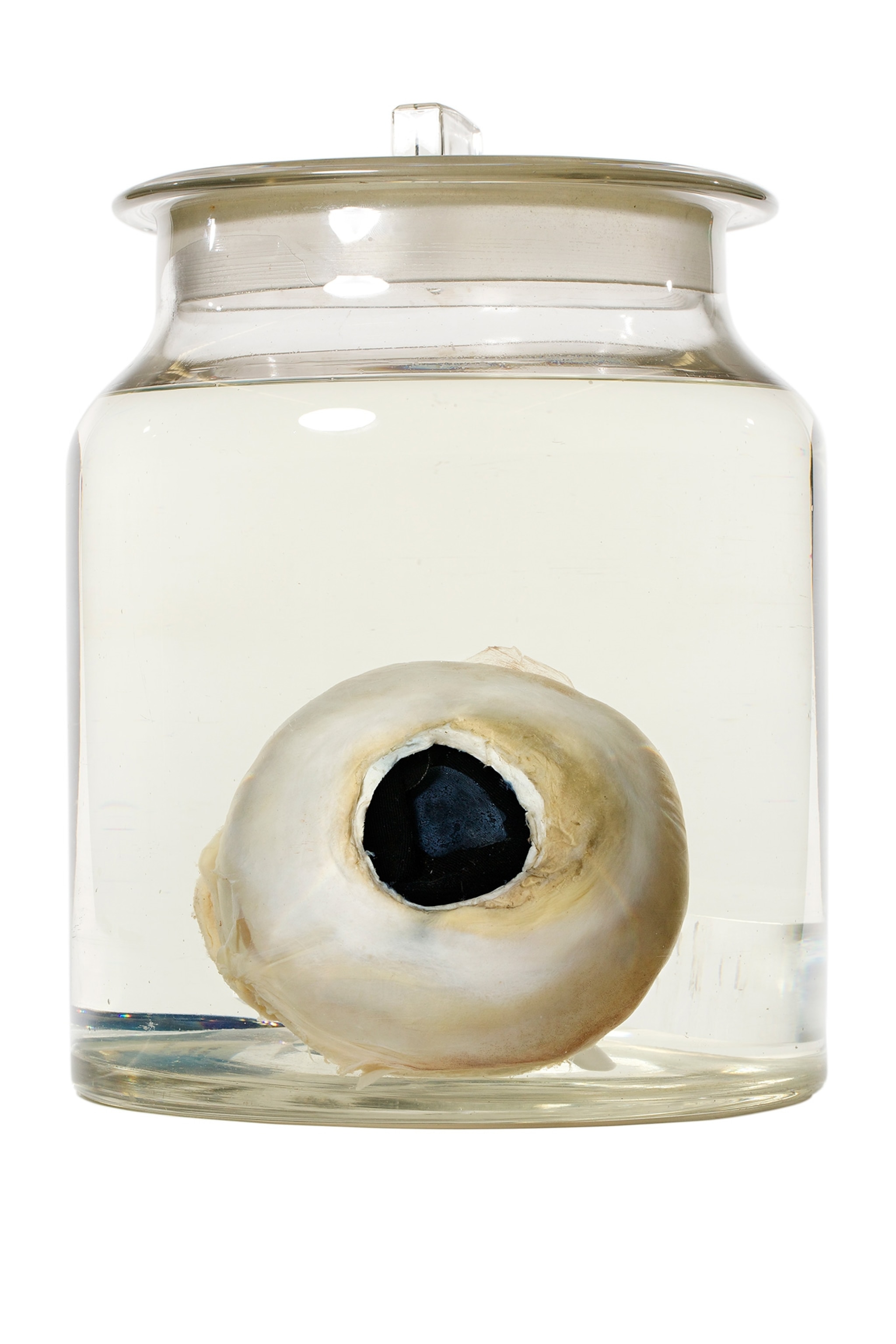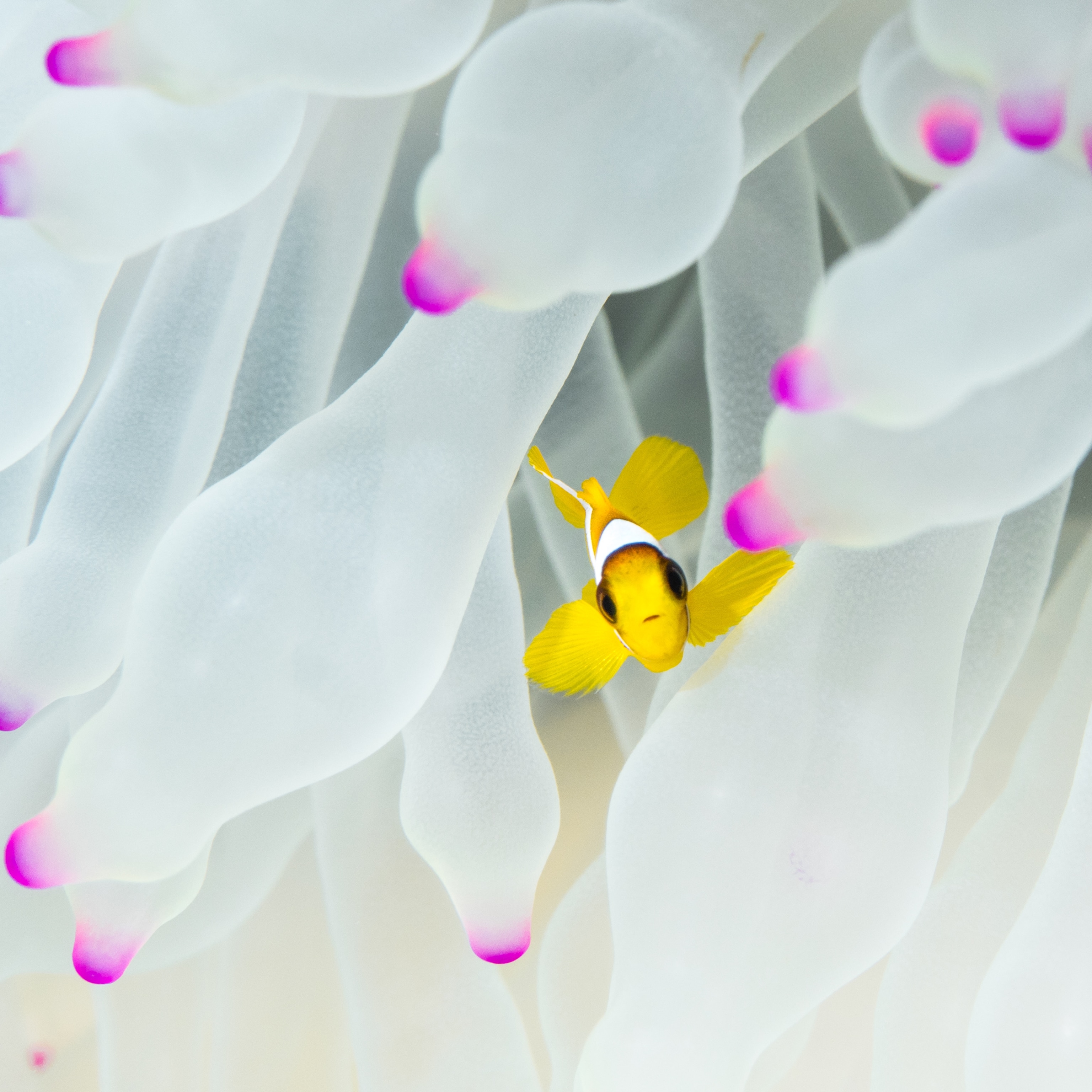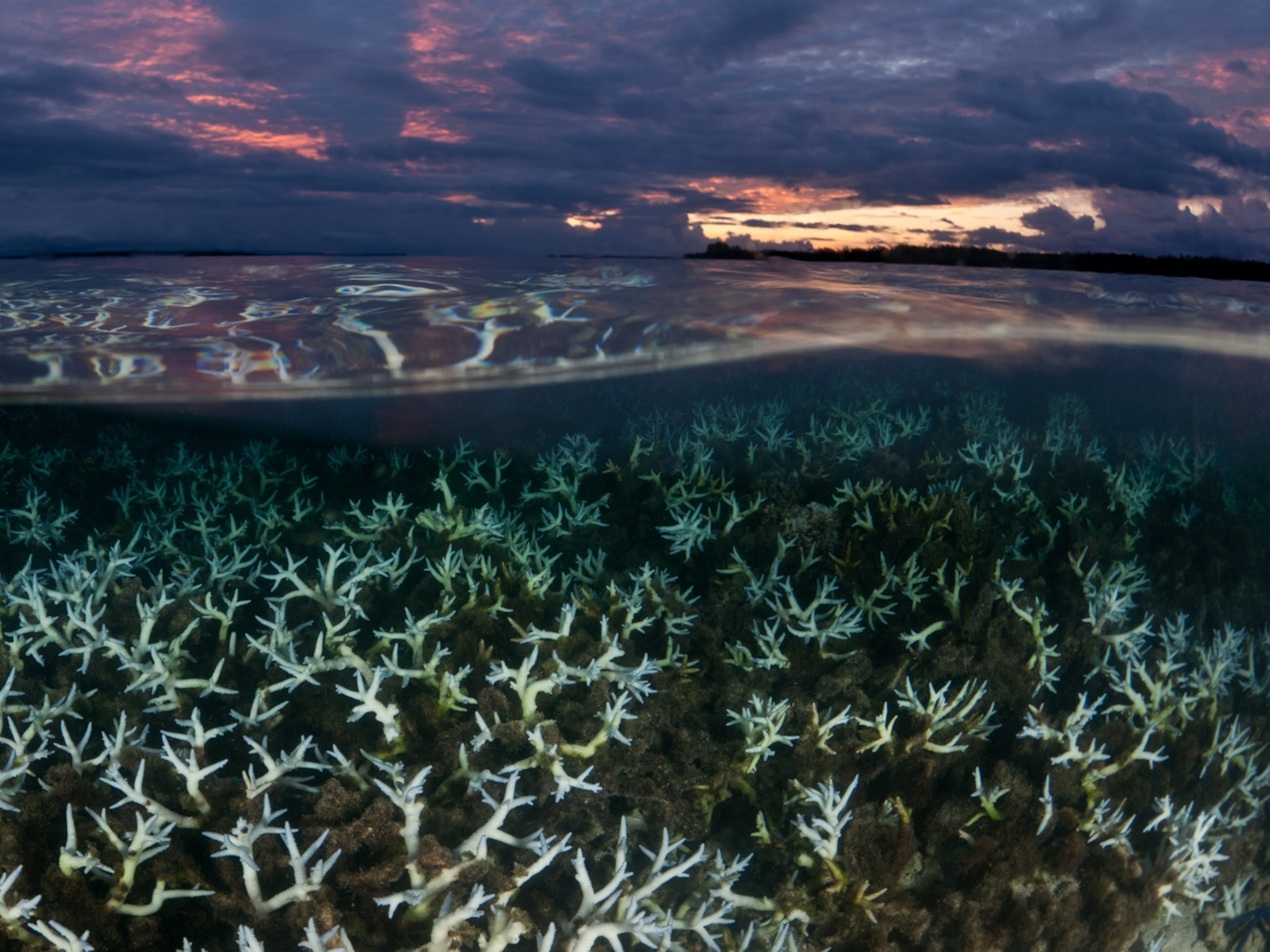
Giant Squid Could Be Bigger Than a School Bus
The deep-dwelling creatures could reach lengths of at least 66 feet, says a provocative new study—but not everyone is convinced.
If a startling new study is right, giant squid up to 66 feet (20 meters) long may dwell in the open ocean.
The estimate is nearly twice as large as some prior findings, which had pegged the beast’s maximum total length between 33 and 43 feet (10 and 13 meters).
"Lots of people believe all sorts of stuff about giant squids, which actually isn't what the evidence says, [including] that it was the kraken and that it is pretty small,” says Charles Paxton, a statistical ecologist at Scotland’s University of St. Andrews and the study’s sole author.
But Paxton’s results, published on May 17 in the Journal of Zoology, have released a kraken of controversy: At present, there’s no physical evidence that the giant squid (Architeuthis dux) actually gets as large as Paxton is claiming, leading some to doubt the study’s real-world relevance. (See National Geographic's squid pictures.)
“This paper will certainly boost his citation indices, but probably for all the wrong reasons,” wrote giant squid expert Steve O’Shea, who wasn't involved with the study.
Unraveling a Giant
The giant squid, Architeuthis, is among the world’s most captivating and elusive sea creatures. Researchers still don’t know much about its basic biology—including its reproduction, life cycle, and a firm estimate of its maximum size.
(Colossal Squid a Soft, Sluggish Drifter)
“Knowing how big an animal gets seems like such a simple question, and yet for animals that are hard to collect or raise in captivity, like Architeuthis, it’s really quite difficult to say exactly,” writes Liz Shea of the Delaware Museum of Natural History, a mollusk expert who wasn’t involved with the study.

To put Architeuthis to the test, Paxton assembled data from more than a century’s worth of giant squid sightings, beached carcasses, and remains recovered from sperm whale stomachs. He then determined how a squid's length varies the size of its mantle—the muscular cone that makes up much of a squid’s body—and parrot-like beak. (See "Rare Photos: Giant Squid Eaten by Sperm Whale.")
In particular, Paxton focused on a massive giant squid that washed ashore on New Zealand’s Lyall Bay in 1879, reportedly with a mantle more than nine feet (2.7 meters) long, among the largest ever recorded.
Extrapolating from the size trends he found, Paxton calculated that there's a 99.9-percent chance that a squid with a similarly large mantle would be between 19 to 90 feet (5.8 to 27.5 meters) long, from the tip of the mantle to the ends of its tentacles.
Though Paxton says that his upper bound "may be pushing things a little too far," he adds that the statistics conservatively allow for squids at least 66 feet (20 meters) long.
That’s because giant squids may number in the hundreds of thousands—allowing there to be a few exceptionally large individuals, as a matter of probability. (See "Pictures: Giant Squid Get Extreme Plastic Surgery.")
“I knew that there were bona fide squid longer than what the experts said,” says Paxton, who chalks up others’ skepticism to “just bad bookwork on their part.”
'Literature Pollution'
However, experts question Paxton’s use of past literature.
Shea and O’Shea both expressed concerns over the Lyall Bay report’s reliability, noting that its measurement of the squid’s gladius—the structure that supports the mantle—is roughly six feet (two meters) long, three feet shorter than the mantle.

The gladius and mantle should be about the same length. Paxton, however, notes that the gladius could have shrunk before being measured, perhaps accounting for the mismatch. The report also says that curious, knife-wielding locals had severed the New Zealand squid's gladius in several places, which wouldn't have helped matters.
And O’Shea asserts that if exceptionally large giant squids did exist, their beaks probably would have been found at some point, either from sperm whale stomachs or seabed sampling. None of that size have been found, however. (See "160-Foot Giant Squid Hoax: How Big Do They Really Get?")
“Large beaks belonging to large Architeuthis do not exist because the squid do not exist!” wrote O’Shea, who characterized Paxton’s analysis as “complete nonsense, verging on literature pollution.”
Rebecca Goldin, a professor of mathematics at George Mason University and director of STATS.org, finds Paxton’s statistical arguments to be sound, though recommends caution in applying the results.
“My takeaway is that the author has a point: The variability is high enough that whales may have eaten larger squid than so far found,” Goldin, who wasn't involved with the study, said by email.
“However, [the analysis] doesn't tell you how likely you are to find a squid of any specified length.”
Shea and Goldin also caution the conclusions are based on scattered records of giant squids—and measurements possibly affected by postmortem stretching or shrinking.
“The data are put together in a big messy, biological pile!” wrote Goldin.
Follow Michael Greshko on Twitter.







